Sneak-and-peek Midnight Blizzard attack highlights “worrying flaws” in Microsoft security processes
Microsoft leadership communications were exposed through the Midnight Blizzard brute-force password attack
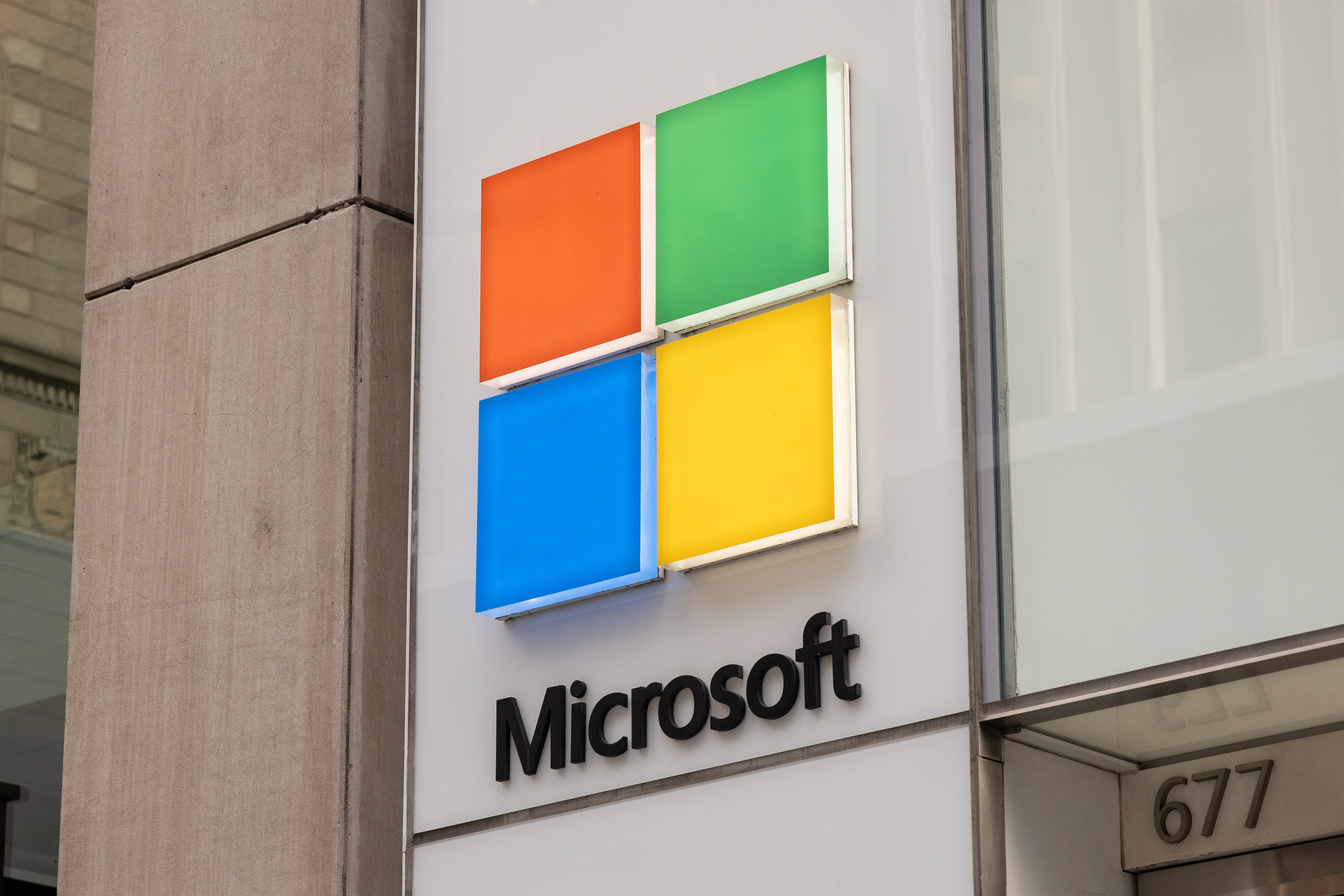

Russian state-linked cyber criminals gained access to the emails of Microsoft’s senior leadership in an attack that security professionals said highlights “worrying flaws” in the company’s security processes.
The threat group, dubbed ‘Midnight Blizzard’ under Microsoft’s in-house taxonomy, reportedly used a password spray attack to compromise a legacy account. Thereafter, the threat actors used this to access what Microsoft claimed was a “very small percentage” of corporate emails.
Midnight blizzard exfiltrated some emails and attached documents, apparently targeting email accounts for “information related to Midnight Blizzard itself.”
The initial attack began back in November and, months later, has left the top tier of Microsoft communications exposed.
READ MORE
Mike Newman, CEO of My1Login said the incident raises serious concerns over Microsoft security practices.
“This is an alarming security breach that could highlight worrying flaws in Microsoft’s security processes,” he told ITPro.
“With the criminals being able to access the organization’s systems via a password spraying attack, this means Microsoft was using basic, or already compromised passwords, on some of their systems.”
Sign up today and you will receive a free copy of our Future Focus 2025 report - the leading guidance on AI, cybersecurity and other IT challenges as per 700+ senior executives
Ironically, Microsoft put out a warning as far back as 2021 about Midnight Blizzard, also known more commonly as Nobelium.
Following a hack of SolarWinds which went undetected for months, Microsoft issued a warning on its Microsoft Security Response Centre that highlighted the exact same “password spray and brute-force attacks” - which Nobelium has since gone on to target Microsoft itself with.
“While Microsoft has claimed that the password spraying attack impacted a legacy non-production account, it still should never have been vulnerable to this sort of assault,” Newman said.
RELATED RESOURCE
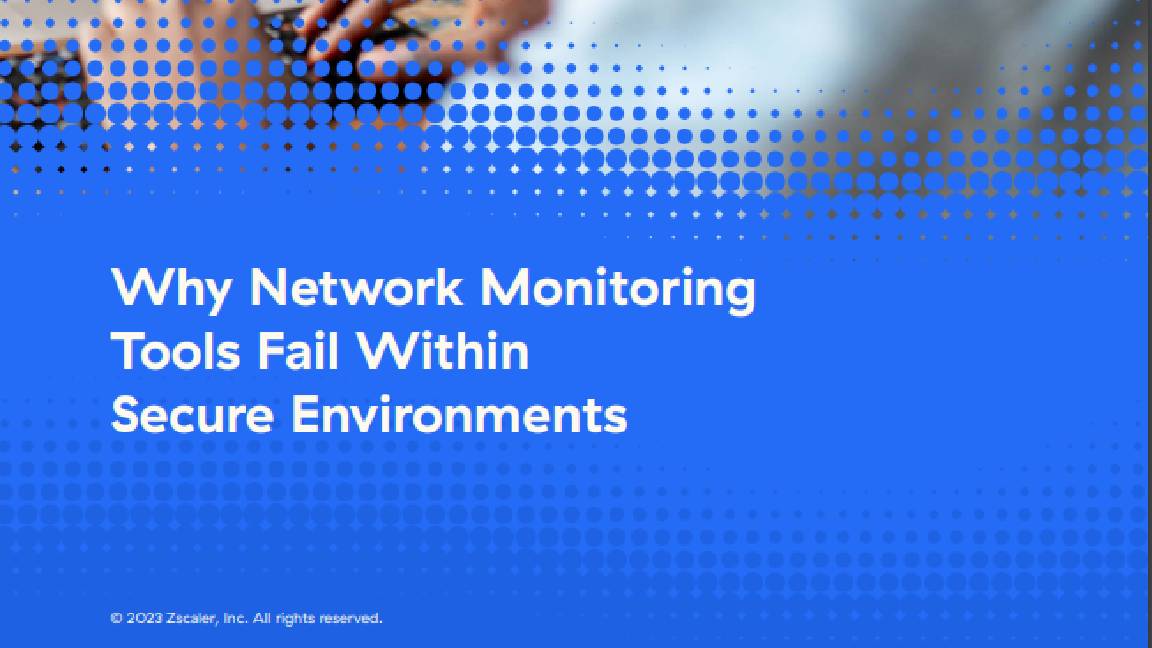
Learn about the three common scenarios that make protecting end users difficult
DOWNLOAD NOW
“Organizations need to learn from this incident, because if a tech giant like Microsoft can be breached so easily through passwords, so can they,” he added.
The Microsoft breach is an example of a novel practice employed by some threat groups, given that it was specifically aimed at gathering intelligence on the group itself to ascertain the extent of the company’s knowledge on their activities.
These sorts of breaches, also referred to as reconnaissance attacks, are notoriously difficult to mitigate against.
Threat actors want to make as little noise as possible when undertaking reconnaissance, meaning that they’ll avoid leaving the typical breadcrumb trail of corrupt or stolen data.
This hack on Microsoft isn’t an isolated incident, either.
The threat group APT28 masqueraded as Simple Network Management Protocol (SNMP) to gain access to Cisco routers in 2021.
According to the National Cyber Security Center (NCSA), the group was thought to have obtained “sensitive network information” that allowed them to later install malware on Cisco’s systems.
A similar incident in 2020 saw Russia’s military intelligence service conduct cyber reconnaissance against officials and organizations at the 2020 Olympic and Paralympic games.

George Fitzmaurice is a former Staff Writer at ITPro and ChannelPro, with a particular interest in AI regulation, data legislation, and market development. After graduating from the University of Oxford with a degree in English Language and Literature, he undertook an internship at the New Statesman before starting at ITPro. Outside of the office, George is both an aspiring musician and an avid reader.
-
 What businesses need to know about data sovereignty
What businesses need to know about data sovereigntyWithout a firm strategy for data sovereignty, businesses put their data and reputations at risk
-
 Anthropic says MCP will stay 'open, neutral, and community-driven' after donating project to Linux Foundation
Anthropic says MCP will stay 'open, neutral, and community-driven' after donating project to Linux FoundationNews The AIFF aims to standardize agentic AI development and create an open ecosystem for developers
-
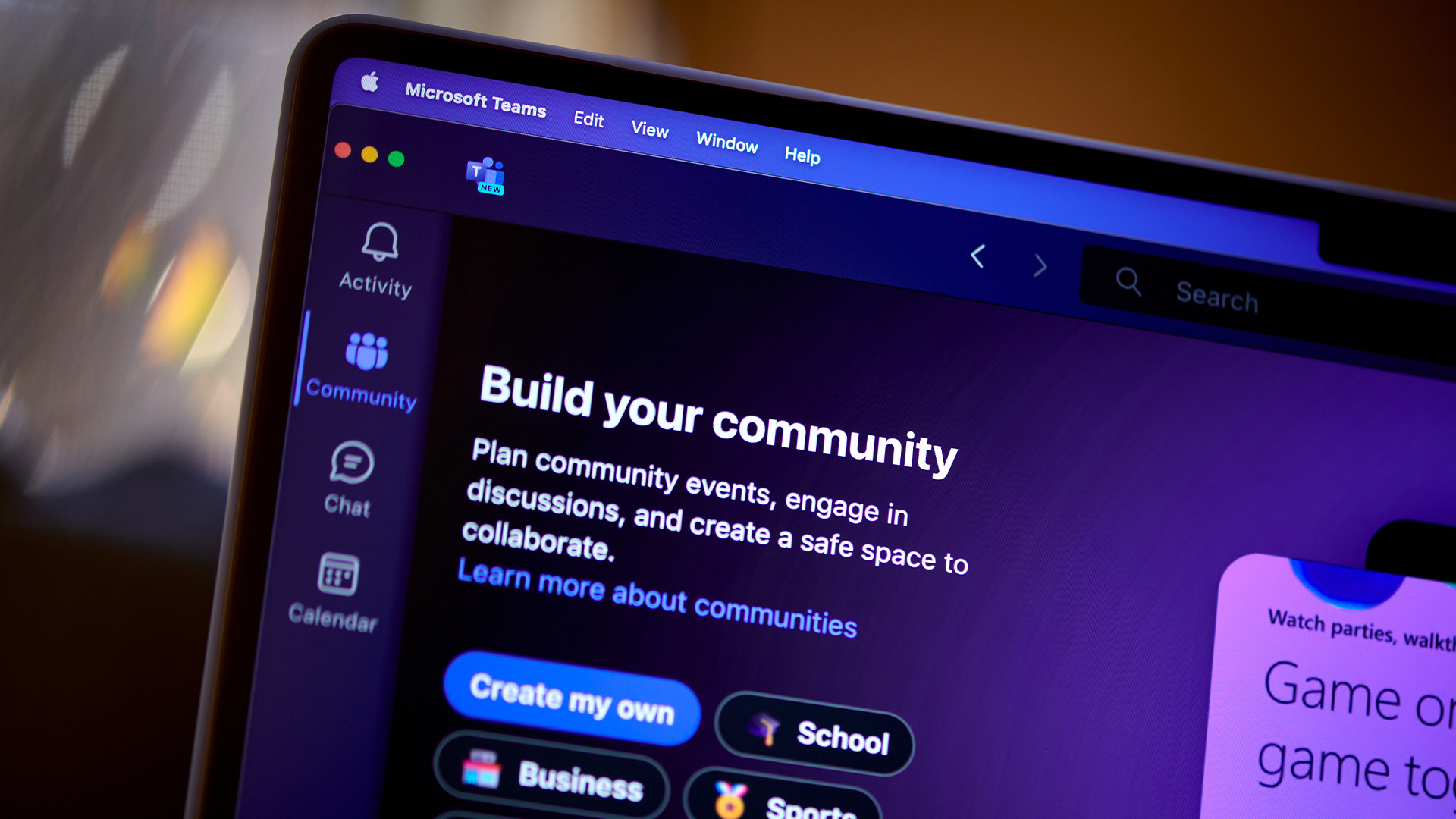 Microsoft Teams is getting a new location tracking feature that lets bosses snoop on staff – research shows it could cause workforce pushback
Microsoft Teams is getting a new location tracking feature that lets bosses snoop on staff – research shows it could cause workforce pushbackNews A new location tracking feature in Microsoft Teams will make it easier to keep tabs on your colleague's activities – and for your boss to know exactly where you are.
-
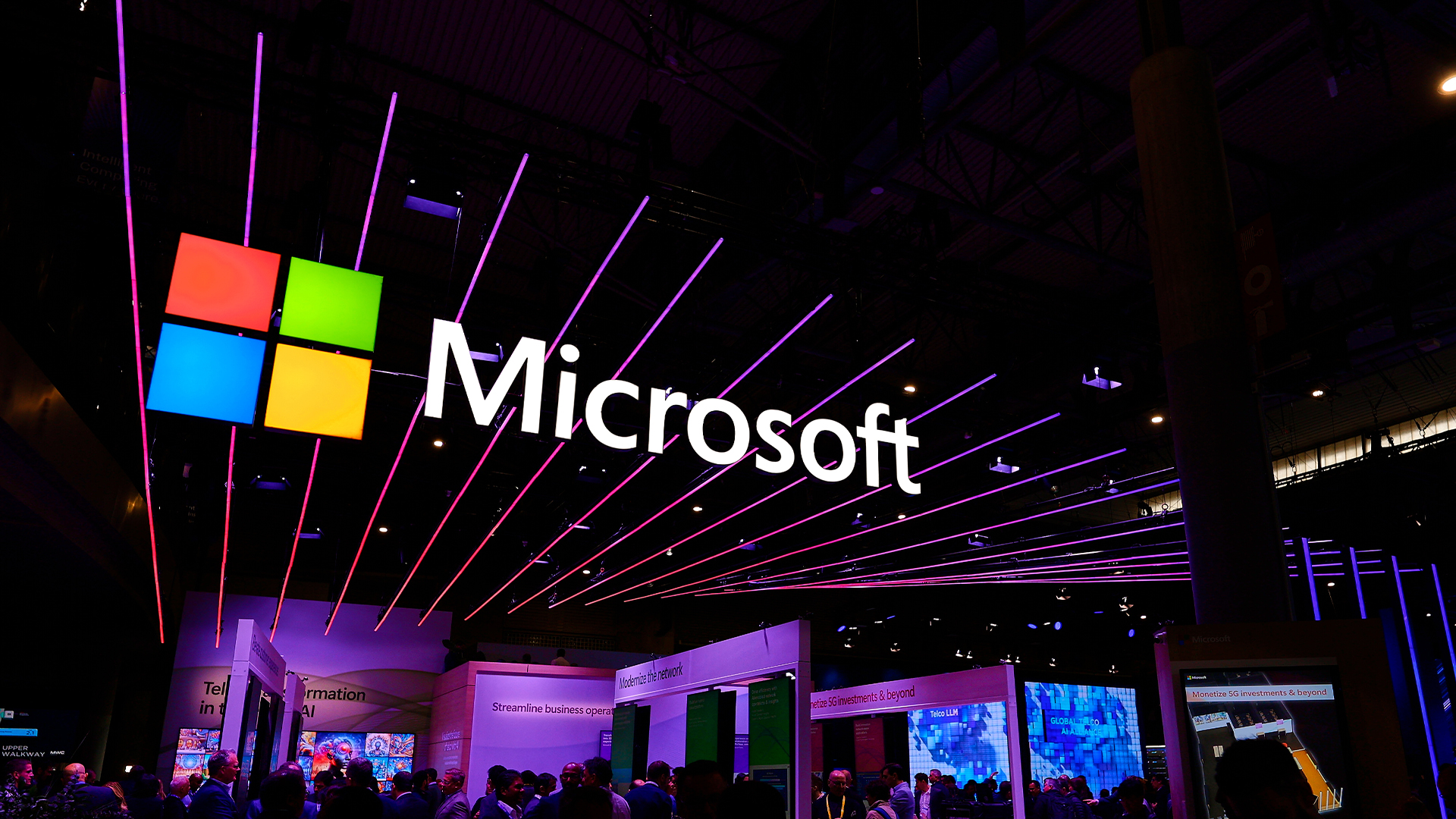 Microsoft opens up Entra Agent ID preview with new AI features
Microsoft opens up Entra Agent ID preview with new AI featuresNews Microsoft Entra Agent ID aims to help manage influx of AI agents using existing tools
-
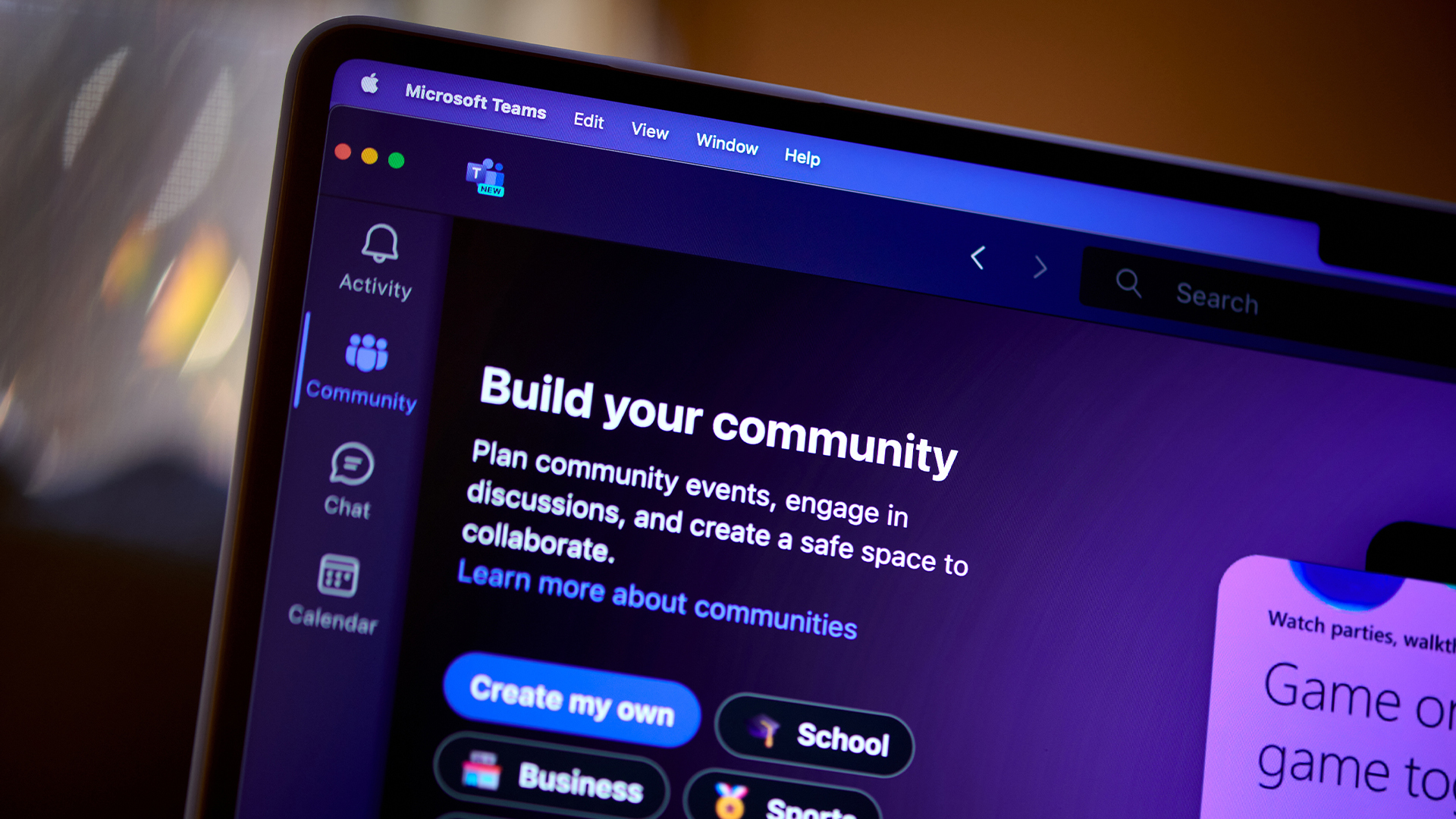 A notorious ransomware group is spreading fake Microsoft Teams ads to snare victims
A notorious ransomware group is spreading fake Microsoft Teams ads to snare victimsNews The Rhysida ransomware group is leveraging Trusted Signing from Microsoft to lend plausibility to its activities
-
 CISA just published crucial new guidance on keeping Microsoft Exchange servers secure
CISA just published crucial new guidance on keeping Microsoft Exchange servers secureNews With a spate of attacks against Microsoft Exchange in recent years, CISA and the NSA have published crucial new guidance for organizations to shore up defenses.
-
 CISA issues alert after botched Windows Server patch exposes critical flaw
CISA issues alert after botched Windows Server patch exposes critical flawNews A critical remote code execution flaw in Windows Server is being exploited in the wild, despite a previous 'fix'
-
 Microsoft issues warning over “opportunistic” cyber criminals targeting big business
Microsoft issues warning over “opportunistic” cyber criminals targeting big businessNews Microsoft has called on governments to do more to support organizations
-
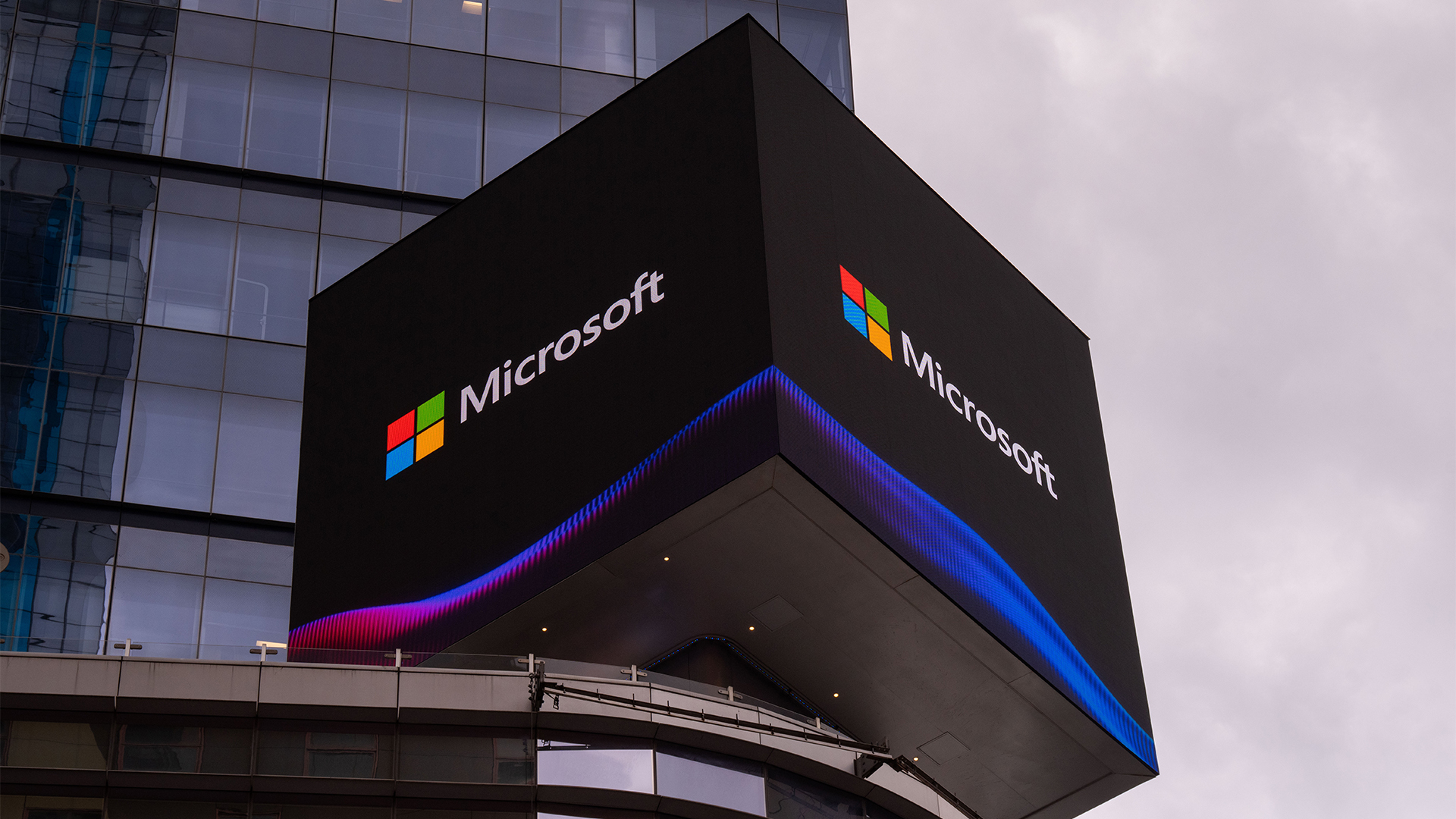 A terrifying Microsoft flaw could’ve allowed hackers to compromise ‘every Entra ID tenant in the world’
A terrifying Microsoft flaw could’ve allowed hackers to compromise ‘every Entra ID tenant in the world’News The Entra ID vulnerability could have allowed full access to virtually all Azure customer accounts
-
 Microsoft and Cloudflare just took down a major phishing operation
Microsoft and Cloudflare just took down a major phishing operationNews RaccoonO365’s phishing as a service platform has risen to prominence via Telegram